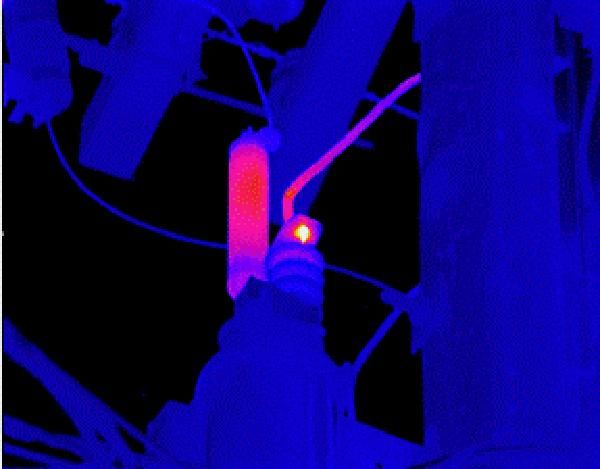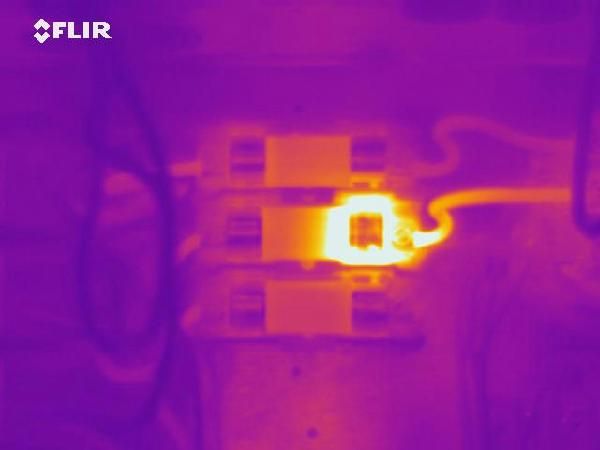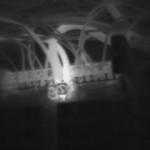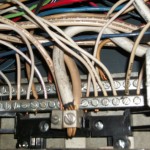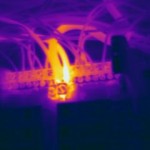Infrared thermography is a form of non-contact, non-destructive testing used to detect and document thermal patterns and associated temperatures of electrical system components. Our high resolution infrared imaging radiometers detect infrared energy emitted from an object and convert it into an image which is displayed on a monitor screen.
When a component with an unusual temperature is located, the temperature of the problem area is recorded along with the thermal image. The thermogram, control photograph and problem information are compiled into a report that is available in hardcopy and digital formats.
